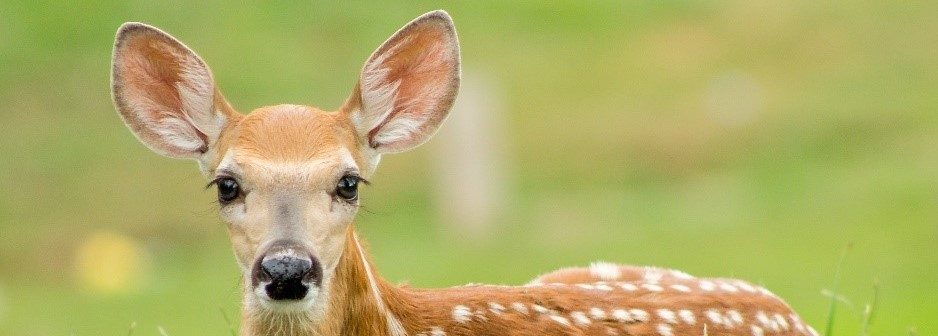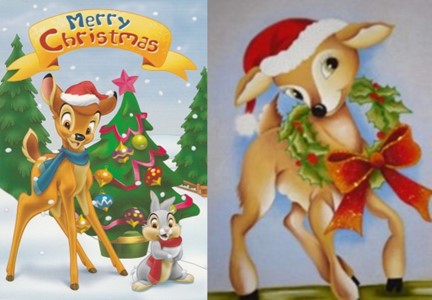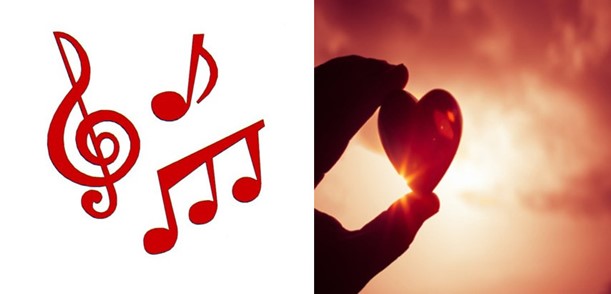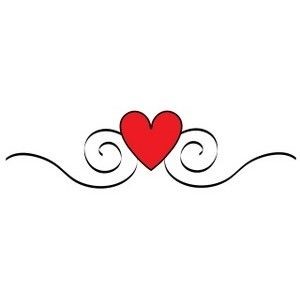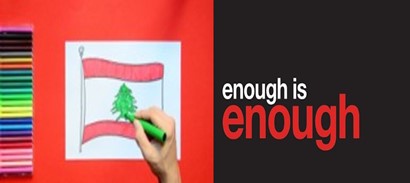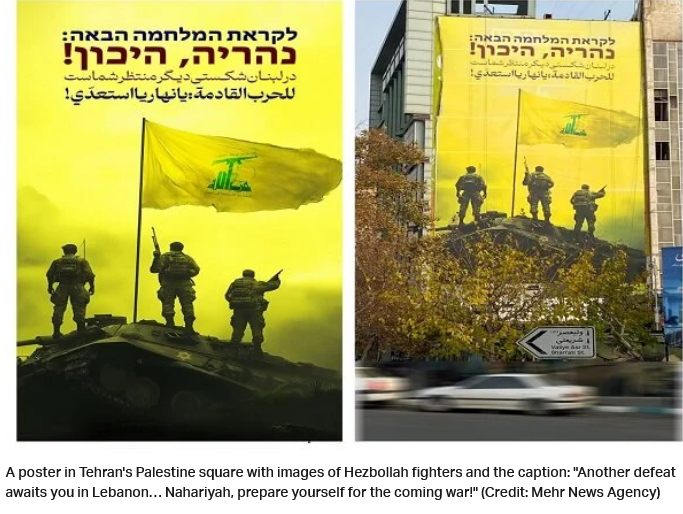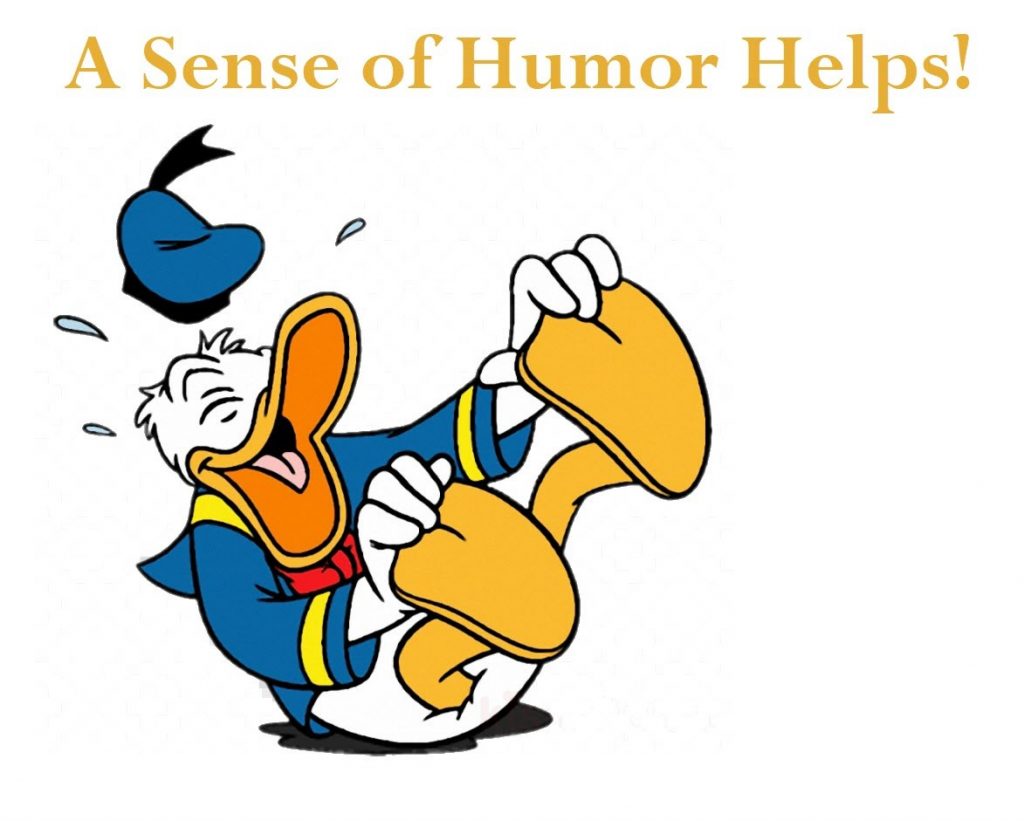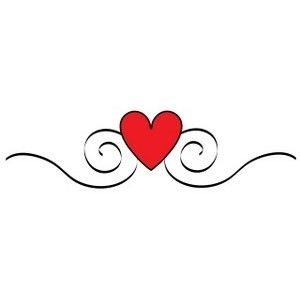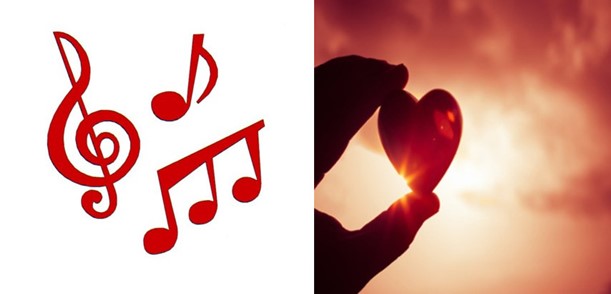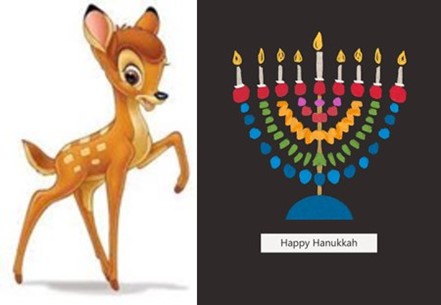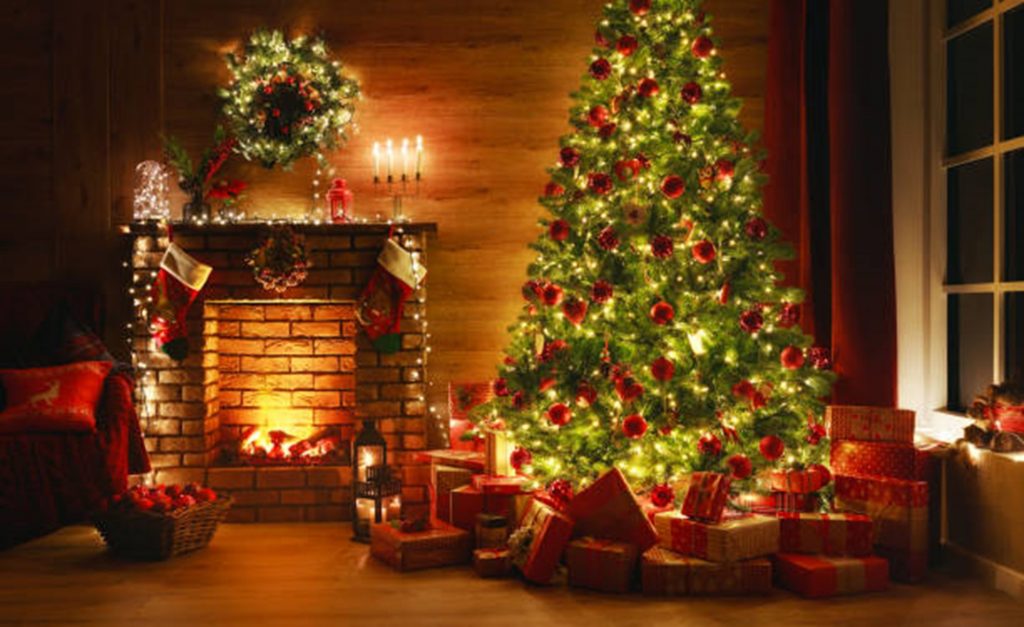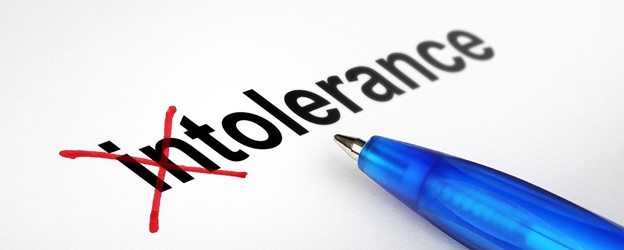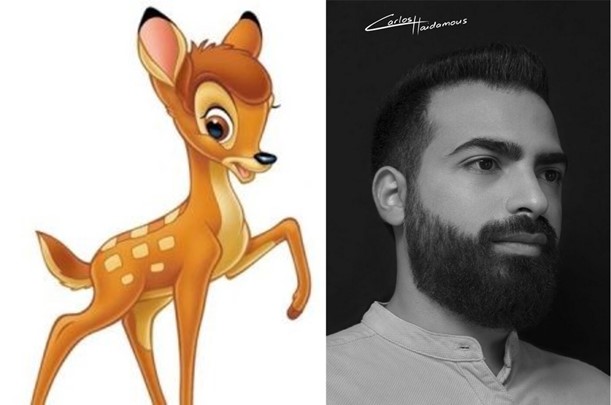
A few days ago, Bambi received a package with her name written on it in a particular way. She suspected a gift from either her sister Roula (from Beirut) or her friend Joëlle (from Florida). They both call her that way from time to time : ). Well, the gift turned out to be from Roula Azar-Douglas and the package went under the Christmas tree while Bambi focused on her intensive work.
On Christmas evening, about an hour before midnight, she could not wait anymore :). She opened the mysterious package. To her surprise, she discovered the most beautiful and significant gift ever for several reasons shared below, in both words and pictures, with Roula’s consent.
First, despite her busy schedule and many responsibilities, Roula took the time to think of her sister abroad. Very generously and tenderly, she sent her a meaningful gift for which she worked hard to ensure its timely arrival by Christmas. Here is the story of this gift journey, which Bambi learned about yesterday.
A few days ago, Roula and her spouse went to the theatre in Beirut, Lebanon. When they entered the place, they saw a young artist (or someone on his behalf?) selling his creation: puzzles of Beirut (https://tinyurl.com/msf69xz4), wow!
Of note, Roula knows how much puzzles mean to her sister. Along with reading, blog writing, and walking [when she is not too lazy :)], it is her favourite hobby. And what to say about Beirut, her birth place that she loves dearly? Indeed, during a couple of her last trips to the Middle East, she inquired about puzzles featuring landscapes of Beirut or Lebanon. She was systematically been told by a few shop owners the following: Sorry, it does not exist… yet. Well, thanks to artist/filmmaker Carlos Mounir Haidamous, Lebanese art puzzles are now available. Of note, according to his website, this much talented young creator seems to have produced three art puzzles thus far: two of Beirut and one of Baalbeck (https://tinyurl.com/2tp65jx5).
To come back to Roula, how did she manage to mail this gift to Bambi in a timely manner? Well, she went to Liban/Lebanon Post to do so. Unfortunately, she encountered a frustrating bureaucratic obstacle: the employee she dealt with insisted on seeing the gift receipt. Roula who did not have a receipt explained to this person where she bought the puzzle from. She argued about it to no avail. Once back home, she searched for the contact of the young artist to ask him for a receipt. He kindly and efficiently offered a more practical solution, which went as follows: she sent the puzzle back to him, via “Toters” (a widely used delivery service in Lebanon) and she ordered a new one using his website. This platform made the delivery of the purchased puzzle possible. Bambi did indeed receive it in Atlantic Canada. It arrived via China, which explains why the package was covered with the Mandarin language.
The story shared above made Bambi’s gift even more precious in her eyes. Thanks to Mr. Carlos Haidamous’ agency, Roula’s diligence, and to China, for making Bambi’ day :)!
If you think Roula’s act and words of love are moving, as shown below, check her gift to her two sisters last Christmas (2024). It is featured in the last picture of this post. The funny anecdote then was that Roula’s package got buried under snow for a few days. Thanks to Louis for kindly “unsnowing” it on time before Christmas eve : ).
To conclude this post, many thanks Roula for being who you are and for your PRECIOUS gift. You have warmed Bambi’s heart. Merry Christmas. Joyeux Noël, “ma grande” : )! As you can guess, Bambi loves you beyond puzzle pieces and blog’s posts ❤️. Please trust that she will use you cover gift to frame Mr. Haidamous’ uplifting art puzzle of our beloved Beirut. Long live Lebanon. May love, peace, humanity, natural beauty, and talent prevail in the Land of Cedars. May God keep on protecting all of you there. Happy 2026!
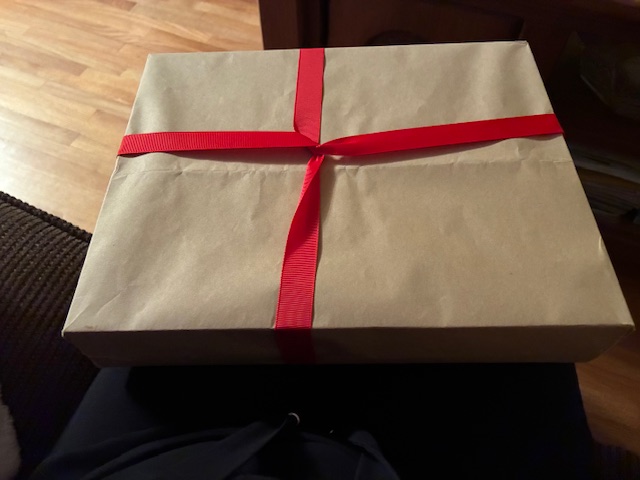
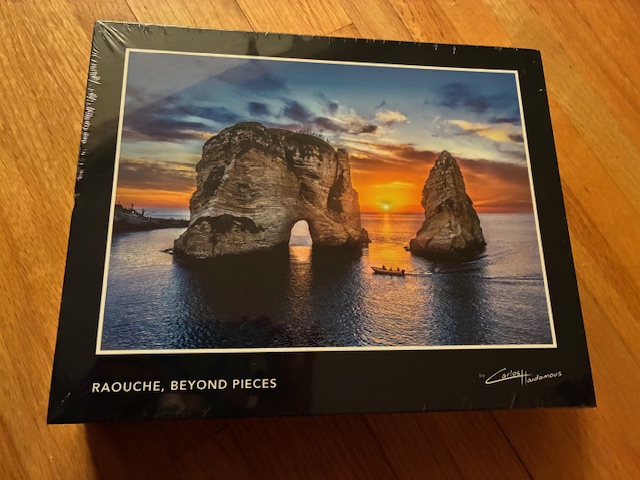
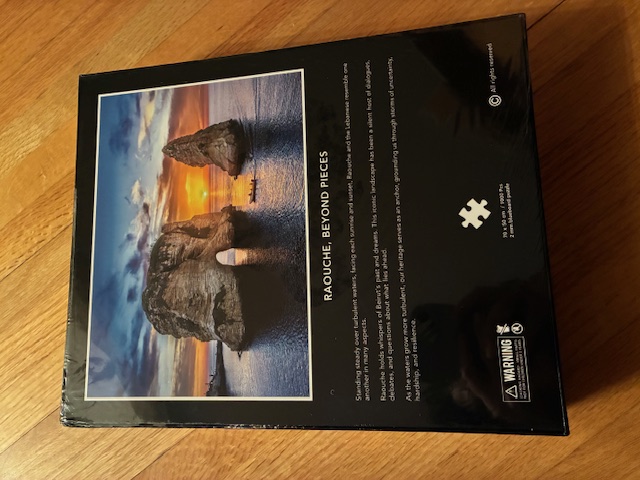
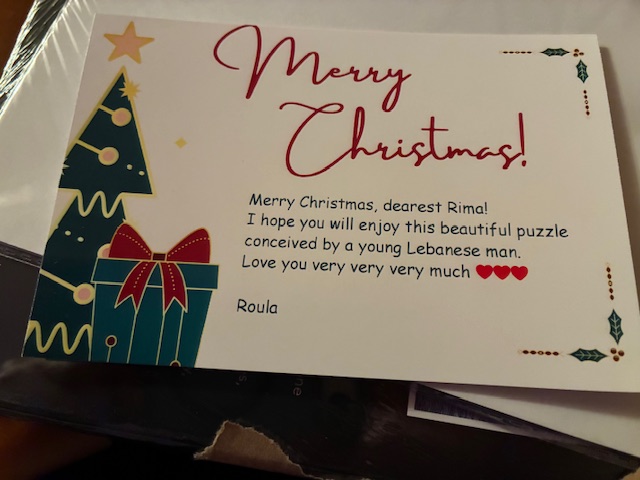
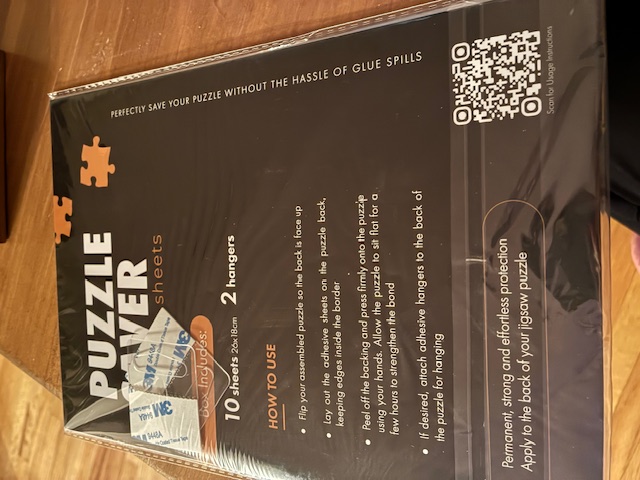
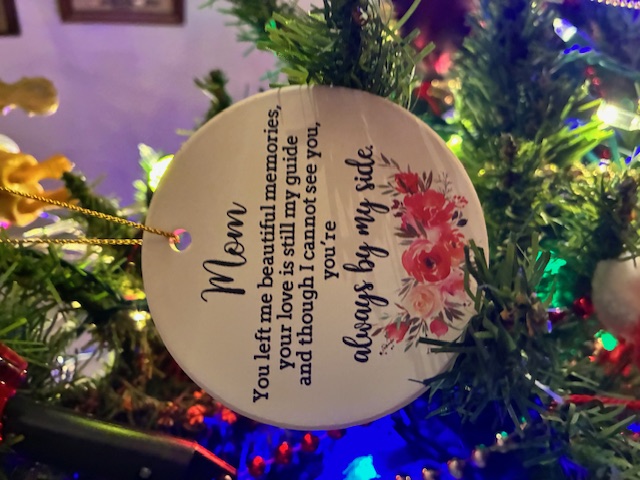
–May Robine’s loving memory be eternal–

